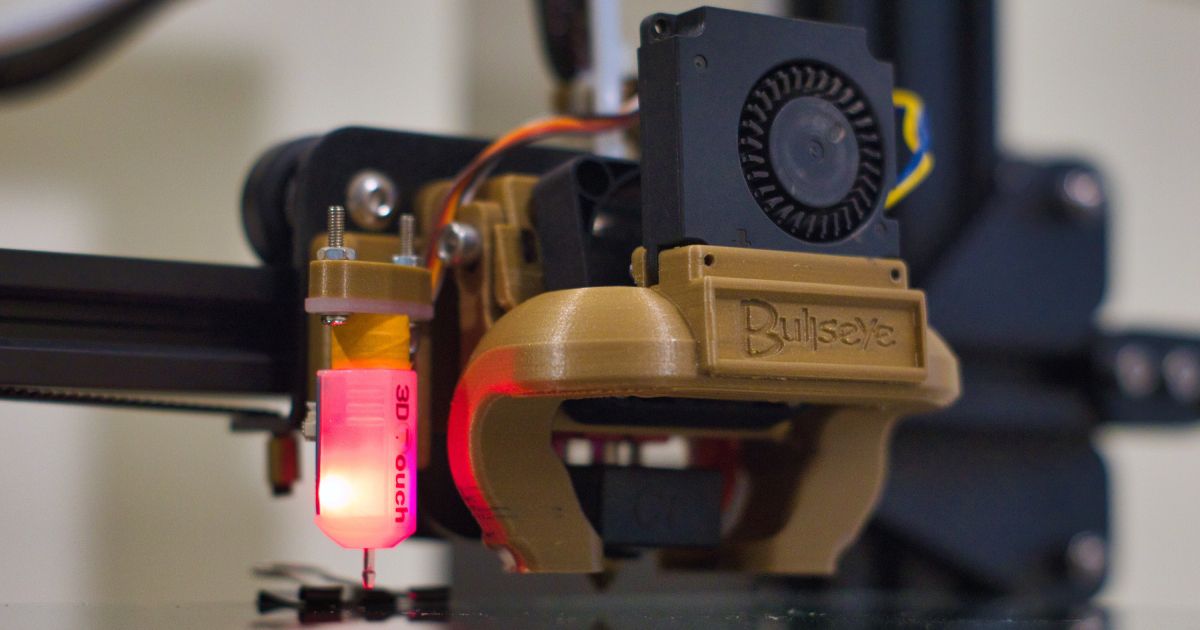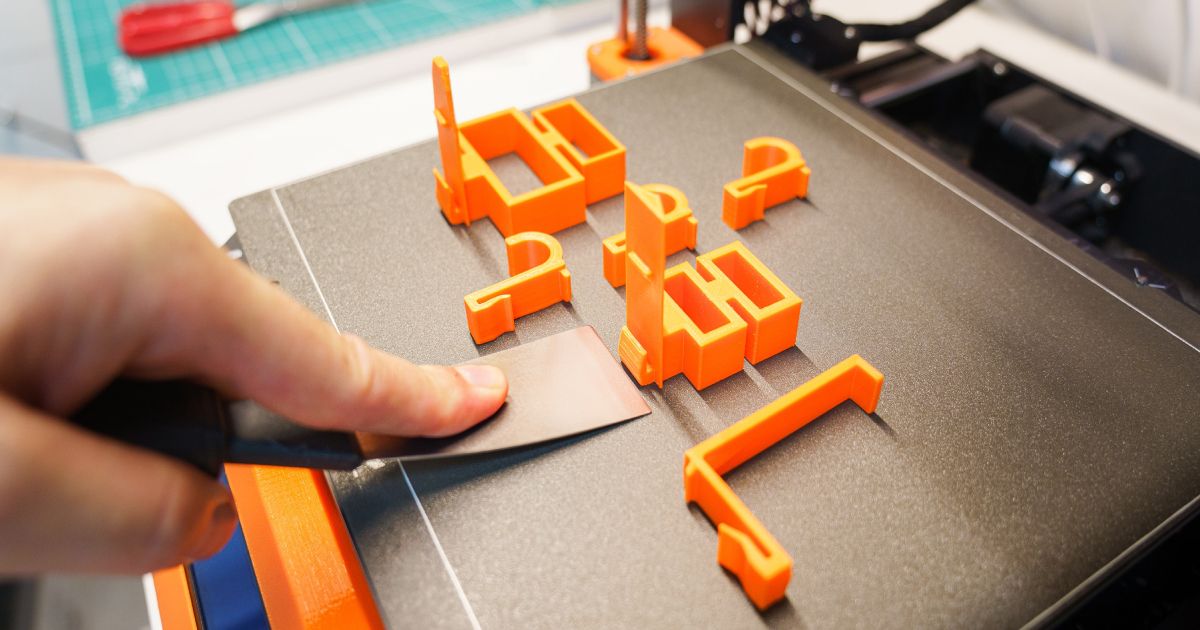[3D Printing] A Sustainable Manufacturing Solution
![Cosmico - [3D Printing] A Sustainable Manufacturing Solution](/content/images/size/w1200/2023/07/3d_printing_manufacturing_2023_cosmico_business_tech_advice-2.jpg)
Sustainability has become a pressing concern across various industries as the global community seeks more environmentally friendly and resource-efficient solutions.
In recent years, 3D printing has emerged as a potential game-changer in the manufacturing landscape. As we explore sustainable manufacturing alternatives, it is essential to assess whether 3D printing holds the promise of being an eco-friendly and sustainable solution.
In this article, we will delve into the environmental impact and potential sustainability of 3D printing as a manufacturing process.
What is 3D Printing?

3D printing, also known as additive manufacturing, is an innovative and revolutionary process that enables the creation of three-dimensional objects from digital designs. Unlike traditional manufacturing methods that involve subtractive techniques, where materials are cut or carved away from a larger piece, 3D printing builds objects layer by layer.
The process starts with a digital 3D model of the desired object, which is then sliced into numerous thin cross-sections by specialized software. These sliced layers serve as a blueprint for the 3D printer, which uses various materials, such as plastics, metals, ceramics, or even biological materials, to build the object layer by layer until the final product is formed. The technology's versatility allows for intricate and complex geometries that may be challenging or impossible to achieve through conventional manufacturing techniques.
One of the key advantages of 3D printing is its ability to enable rapid prototyping and rapid manufacturing. With traditional manufacturing, creating prototypes and manufacturing small batches of customized products can be time-consuming and expensive. 3D printing streamlines this process, as it eliminates the need for specialized tooling and allows for on-demand production. This capability not only accelerates the product development cycle but also significantly reduces production costs, making it an attractive option for industries seeking agile and cost-effective manufacturing solutions.
As 3D printing technology continues to advance, its applications span across various fields, from aerospace and automotive industries to healthcare and consumer goods, transforming the way products are designed, manufactured, and brought to market.
The Environmental Impact of 3D Printing

3D printing is a groundbreaking manufacturing process that is not only transforming industries but also making a significant positive impact on the environment.
Here's how 3D printing is making a positive impact on the environment:
- Material Usage: One of the primary environmental benefits of 3D printing lies in its material usage. Unlike traditional manufacturing methods that often generate substantial waste from cutting and shaping raw materials, 3D printing adds material only where it is needed. This approach significantly reduces material wastage, leading to lower resource consumption and minimized environmental footprint.
- Energy Efficiency: 3D printing can be more energy-efficient than conventional manufacturing processes in certain scenarios. Traditional methods often require high energy consumption during machining, while 3D printing consumes energy primarily during the printing process. As the technology continues to evolve, more energy-efficient 3D printing techniques and materials are being developed, further enhancing its sustainability.
- Transportation and Logistics: Traditional manufacturing often involves extensive transportation and logistics to move raw materials, components, and finished products between different stages of the supply chain. In contrast, 3D printing can localize production, as products can be manufactured on-site or near the point of use. This localized approach reduces the carbon footprint associated with transportation, contributing to more sustainable practices.
As this technology continues to evolve, it holds the potential to revolutionize industries and play a key role in creating a greener and more environmentally responsible future.
Sustainable Manufacturing Advantages of 3D Printing

The sustainable manufacturing advantages presented by 3D printing are diverse and hold significant promise for the future of production. With its revolutionary additive approach to manufacturing, 3D printing offers a myriad of environmentally friendly benefits that have the potential to reshape traditional production methods.
Below are ways in which 3D printing contributes to sustainable manufacturing:
- Waste Reduction: As previously mentioned, 3D printing minimizes material wastage by adding material only where it is needed. This waste reduction not only reduces material costs but also supports a circular economy by enabling the recycling and reusing of materials in the printing process.
- Customization and Personalization: 3D printing allows for customization and personalization of products, which can lead to reduced overproduction. By producing items on-demand and tailored to specific customer needs, 3D printing reduces excess inventory and unnecessary waste associated with mass production.
- Design Optimization: The design freedom offered by 3D printing enables engineers and designers to optimize product designs for lightweighting and improved performance. This optimization can lead to energy savings and reduced resource consumption over the product's lifecycle.
These advantages make 3D printing an appealing option for businesses seeking more environmentally friendly and resource-efficient manufacturing solutions.
Challenges and Future Considerations
While 3D printing undoubtedly shows promising potential as a sustainable manufacturing solution, several challenges and critical considerations demand attention to unlock its full environmental benefits. As the technology evolves and gains wider adoption across industries, addressing these challenges becomes paramount to ensure that 3D printing can truly contribute to a greener and more sustainable future of manufacturing.
Here are a few challenges encountered in 3D printing:
- Material Selection: Some 3D printing materials, particularly certain plastics, may have environmental impacts, such as emissions during production and difficulty in recycling. It is crucial to develop and adopt more sustainable and biodegradable materials for 3D printing to enhance its eco-friendliness.
- Energy Sources: The sustainability of 3D printing depends on the energy sources used to power the printers. As the technology scales up, the adoption of renewable energy sources, such as solar or wind power, can significantly enhance its sustainability.
- End-of-Life Disposal: As 3D printed products become more widespread, it is essential to consider their end-of-life disposal and recyclability. Proper recycling and reusing mechanisms for 3D printed materials will be vital to achieving a truly sustainable manufacturing approach.
By harnessing clean and renewable energy to drive 3D printers, businesses can make significant strides in enhancing the environmental sustainability of their production operations.
Top 3D Printing Companies
- Stratasys: Stratasys is a global leader in 3D printing and additive manufacturing solutions. They offer a wide range of 3D printers and materials, catering to various industries, including aerospace, automotive, healthcare, and consumer goods.
- 3D Systems: 3D Systems is another prominent player in the 3D printing industry. They provide advanced 3D printing technologies, software solutions, and on-demand manufacturing services, serving industries like healthcare, aerospace, and automotive.
- HP (Hewlett-Packard): HP has made significant strides in the 3D printing market with its Multi Jet Fusion (MJF) technology. Their 3D printers offer high-quality and fast prototyping capabilities, making them popular among industries requiring rapid manufacturing solutions.
- EOS: EOS is a leading provider of industrial 3D printing solutions, specializing in metal additive manufacturing. Their technology caters to industries like aerospace, automotive, medical, and tooling, providing high-quality and reliable metal parts production.
- Formlabs: Formlabs is known for its desktop and affordable stereolithography (SLA) 3D printers. They focus on providing user-friendly and accessible 3D printing solutions for professionals, educators, and small businesses.
Final Thoughts
3D printing holds considerable promise as a sustainable manufacturing solution, offering several environmental benefits over traditional manufacturing methods.
From reduced material wastage and energy efficiency to localized production and design optimization, 3D printing aligns with the principles of sustainable manufacturing. However, challenges remain, particularly in material selection, energy sources, and end-of-life disposal.
As technology advances and industry stakeholders continue to explore eco-friendly materials and processes, 3D printing has the potential to be a transformative force in the journey towards a more sustainable and circular economy.





